Flying with an Anxious Dog? [15 Top Tips!]
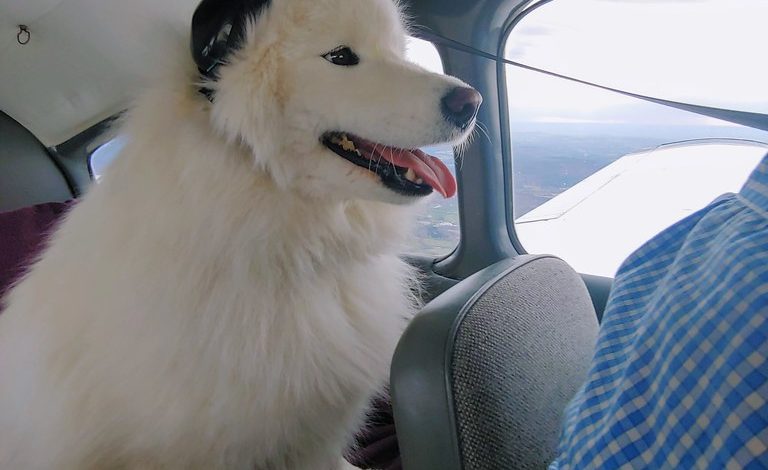
![Flying with an Anxious Dog? [15 Top Tips!]](https://sullpet.com/wp-content/uploads/2023/02/word-image-1116-1.jpeg)
How to Know When a Dog is Anxious
Dogs are beloved companions that provide their owners with love, loyalty, and joy. However, just like humans, dogs can experience anxiety. Unfortunately, because dogs can’t communicate with words, it can be challenging to know when your pet is feeling anxious. In this article, we’ll discuss some of the signs of anxiety in dogs and provide tips for helping your pet feel more comfortable and secure.
Signs of Anxiety in Dogs
- Panting and pacing: If your dog is panting excessively or pacing back and forth, it may be a sign of an.
- Trembling or shaking: Dogs that are anxious may shake or tremble, even if it’s not cold.
- Avoiding eye contact: If your dog is avoiding eye contact, it may be a sign of anxiety.
- Excessive licking or grooming: Dogs that are anxious may engage in excessive licking or grooming, particularly around the paws or legs.
- Barking or whining: If your dog is barking or whining excessively, it may be a sign of anxiety or stress.
- Destructive behavior: Anxious dogs may chew on furniture, shoes, or other household items, especially when left alone.
- Loss of appetite: If your dog suddenly loses interest in food, it could be a sign of anxiety or stress.
Top 15 Tips For Flying With An Anxious Dog
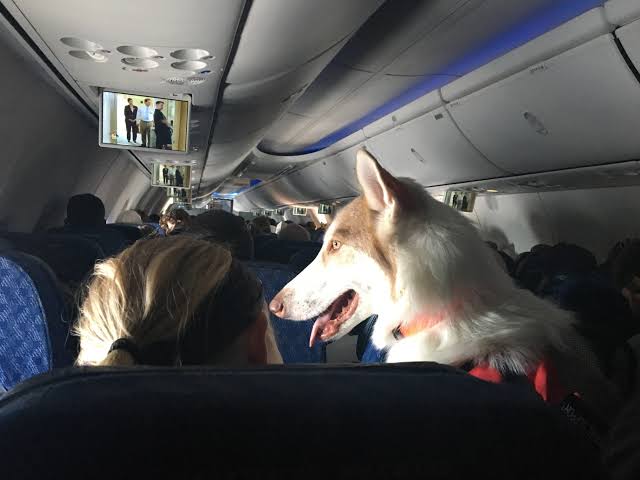
Here are 15 top tips to make your next flight with your anxious dog as smooth and stress-free as possible.
- Understand Your Dog’s Anxiety
Before you can successfully fly with your anxious dog, you need to understand what triggers their anxiety. Some dogs may be afraid of loud noises, while others may be scared of new people or unfamiliar environments. If you know what triggers your dog’s anxiety, you can take steps to minimize these triggers.
- Visit Your Veterinarian
Before flying with your dog, it’s important to schedule a visit with your veterinarian. Your veterinarian can make sure that your dog is up-to-date on all necessary vaccinations and is healthy enough to travel. They can also provide you with medication or supplements to help calm your dog’s anxiety.
- Book a Direct Flight
One way to reduce your dog’s stress is to book a direct flight. This means that you and your pet won’t have to deal with the stress of multiple takeoffs and landings and long layovers. Additionally, direct flights typically have fewer passengers and less noise, which can help reduce your dog’s anxiety.
- Choose the Right Carrier
When flying with an anxious dog, it’s important to choose the right carrier. Look for a carrier that is the right size for your dog and is comfortable and well-ventilated. You should also choose a carrier that is airline-approved to avoid any issues at the airport.
- Introduce Your Dog to the Carrier
Before flying, it’s a good idea to introduce your dog to the carrier. Place treats and toys inside the carrier and encourage your dog to enter and exit on their own. This can help your dog feel more comfortable and secure during the flight.
- Consider Crate Training
If your dog isn’t used to being in a crate, consider crate training them before flying. This can help your dog feel more comfortable and secure during the flight, as they will be in a familiar environment. Make sure to use positive reinforcement techniques to help your dog feel comfortable in their crate.
- Pack Familiar Items
When flying with an anxious dog, it’s important to pack familiar items. This can include your dog’s favorite toys, blankets, and treats. Having familiar items around can help your dog feel more comfortable and secure during the flight.
- Exercise Before the Flight
Before your flight, make sure to exercise your dog. This can help reduce their anxiety and tire them out, making them more likely to sleep during the flight. You should also make sure to give your dog plenty of time to go to the bathroom before getting on the plane.
- Limit Food and Water
To avoid any accidents during the flight, it’s important to limit your dog’s food and water intake. You should avoid feeding your dog for at least a few hours before the flight and provide them with water only in small amounts.
- Stay Calm
Dogs can sense their owner’s anxiety, so it’s important to stay calm during the flight. Speak to your dog in a calm and reassuring tone, and try to remain as relaxed as possible.
- Use Calming Aids
If your dog has a particularly hard time with anxiety, you may want to consider using calming aids. This can include supplements, aromatherapy, or pheromone sprays. Consult with your veterinarian to find the right option for your dog.
- Consider Hiring a Pet Escort
If you’re particularly anxious about flying with your anxious dog, you may want to consider hiring a pet escort. A pet escort is a professional who can help you navigate the airport and ensure that your dog is comfortable and safe during the flight. They can also provide you with tips and tricks for traveling with an anxious dog.
- Keep Your Dog Secure
During the flight, it’s important to keep your dog secure at all times. Make sure that the carrier is properly latched and that your dog can’t escape. You should also make sure that your dog is wearing a collar with identification tags in case they do manage to escape.
- Be Prepared for Accidents
Accidents can happen, so it’s important to be prepared. Pack plenty of cleaning supplies, including paper towels, disinfectant wipes, and plastic bags. You should also pack a change of clothes for yourself in case your dog has an accident on you.
- Be Mindful of Other Passengers
Not everyone is a dog lover, so it’s important to be mindful of other passengers. Keep your dog quiet and calm during the flight, and try to avoid letting them stick their nose or paws out of the carrier. You should also clean up any messes promptly to avoid disturbing other passengers.
(Use Heading 3 for all the above points to avoid a situation of having more than 300 words in a subheading.)
Conclusion
Flying with an anxious dog can be a challenge, but with these 15 top tips, you can make the experience as stress-free as possible. Remember to understand your dog’s anxiety, visit your veterinarian, choose the right carrier, introduce your dog to the carrier, consider crate training, pack familiar items, exercise before the flight, limit food and water, stay calm, use calming aids if necessary, consider hiring a pet escort, keep your dog secure, be prepared for accidents, and be mindful of other passengers. With a little preparation and patience, you and your anxious dog can take to the skies together.
Watch the video below

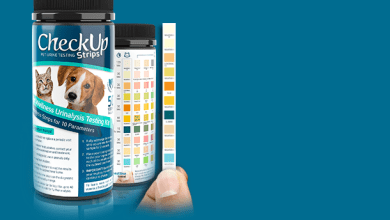
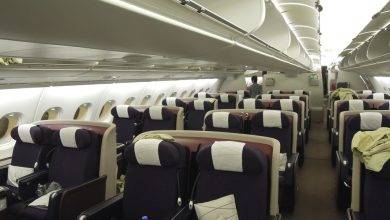
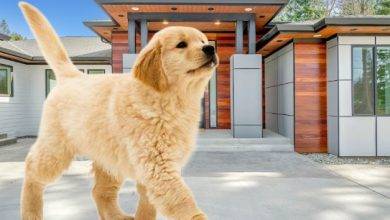
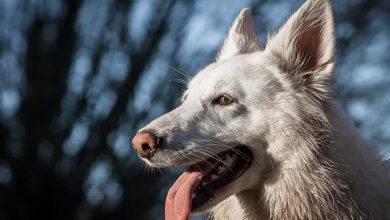
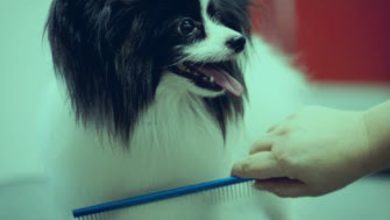
One Comment